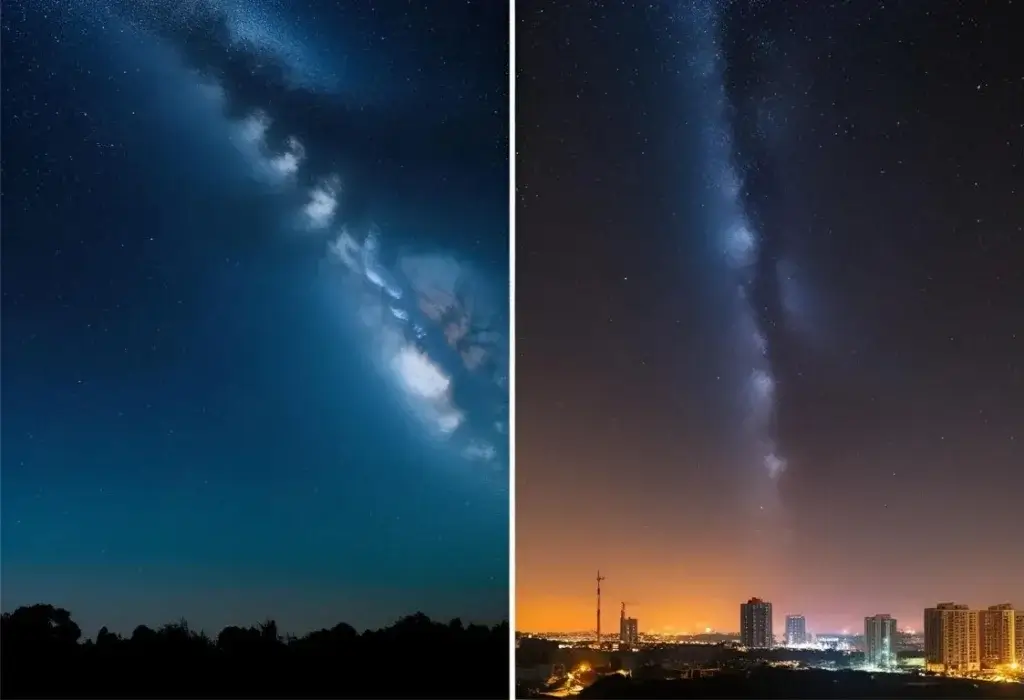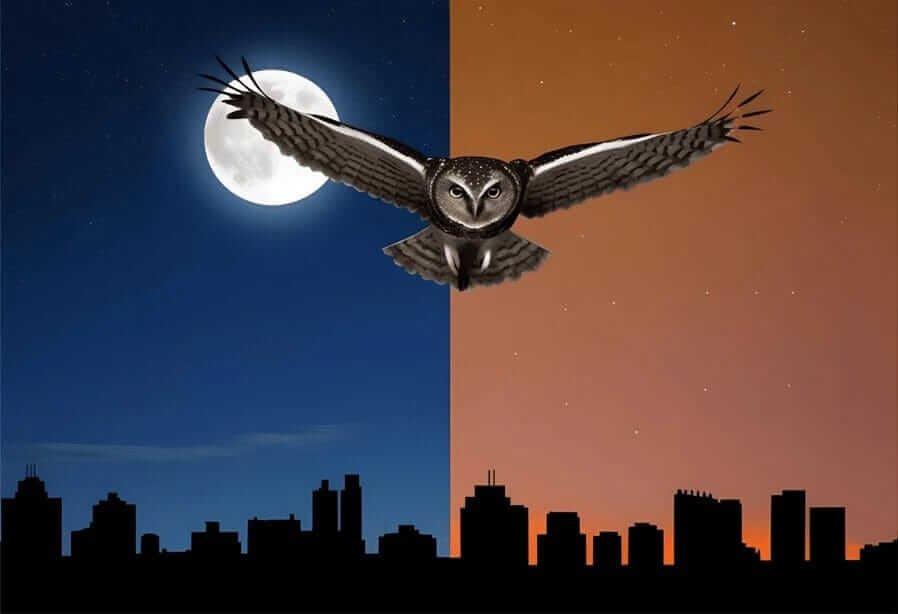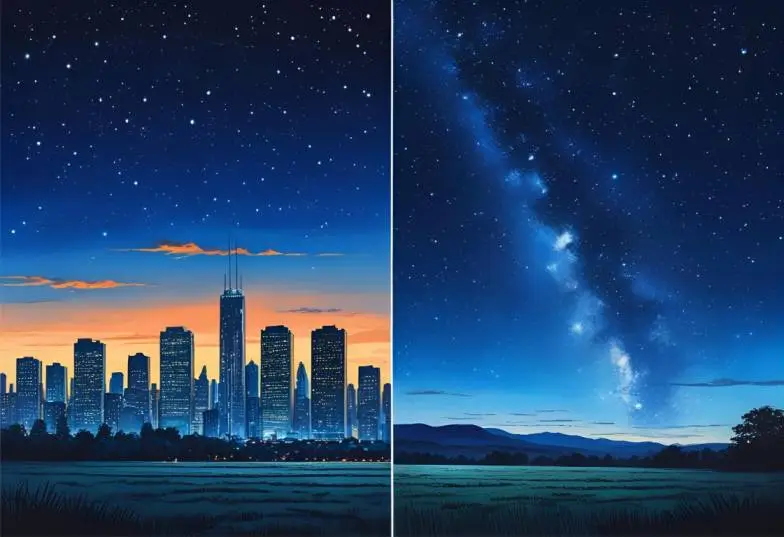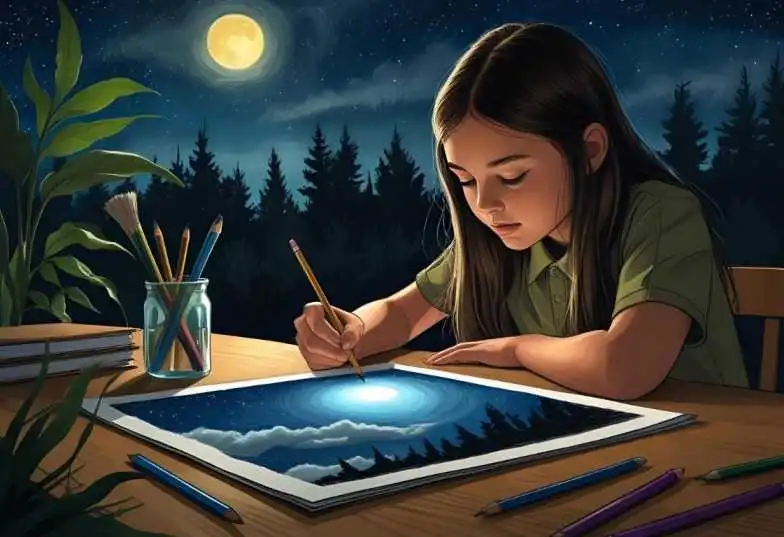Introduction
Creating a light pollution drawing for school project is a powerful way to raise awareness through art. Whether it’s for Science Day, EVS class, or an art competition, your drawing can show how artificial lights affect nature, wildlife, and our night skies, without needing a long report.
Ever looked up at the night sky and wondered where the stars went? In our cities, bright lights take over the sky, and animals, people, and even scientists feel the impact. It harms animals, disrupts sleep cycles, and hides the stars from view. With a thoughtful school project, you can explain this invisible problem in a way that grabs attention and sparks conversation.
In this guide, you’ll discover:
✅ What light pollution is and why it matters
✅ Simple and advanced drawing ideas
✅ Practical tips to display your artwork confidently
✅ A grading rubric that teachers often use
✅ Resources to help you research and improve
Whether you’re in primary school or senior grades, these ideas will help you create a project that stands out—and shines for the right reasons.

Table of Contents
Section 1: What Is Light Pollution?
If you’re not fully sure what light pollution means or why it’s important, we recommend checking out our full beginner-friendly guide here:
👉 Light Pollution Drawing: What It Is, Why It Matters & How to Spread Awareness Through Art
That article explains:
- The different types of light pollution (like glare, skyglow, and light trespass)
- How it affects humans, animals, and nature
- Some basic drawing ideas you can use for awareness
Read that first if you want a strong understanding of the topic. Then come back here to plan your school project — including how to present your artwork and what your teacher might look for..
Section 2: Why Create a Drawing Instead of a Report?
While written reports are useful, visual projects can be more impactful. When you draw, you turn invisible issues into something everyone can see.
Why drawings work so well:
✅ They grab attention quickly
✅ They cross language barriers
✅ They help people feel more connected to the topic
✅ They make presentations more engaging
Imagine showing your classmates a picture of an owl trying to hunt under blinding lights. That image can spark questions and conversations faster than a paragraph ever could.
Teachers love creative projects because they encourage:
- Critical thinking
- Research skills
- Visual communication
- Environmental awareness
If you want your school project to be memorable, combining art and science is a perfect approach.

Section 3: Creative Drawing Ideas for Your Project
Here are fresh, school-friendly drawing concepts you can adapt to your grade level and style:
Simple Ideas for Beginners
1. Split View Drawing:
Divide your page into two halves:
- Side 1: A natural night sky full of stars
- Side 2: A city skyline glowing so brightly that stars disappear
2. Wildlife Confusion:
Draw a baby sea turtle moving toward city lights instead of the ocean, or an owl blinded by glare.

3. My Neighborhood at Night:
Sketch your street or colony at night. Identify and eliminate unnecessary lights that are left on.
Advanced Ideas for Older Students
4. Earth at Night:
Draw a world map showing how cities look from space. Use dots or shading to illustrate the glow.
5. Time Machine Sky:
Create three panels showing how star visibility has changed over the decades (e.g., 1950, 2000, today).
6. “Save the Stars” Poster:
Design an awareness poster with a strong slogan like “Bring Back the Night” or “Let Stars Guide Us.”
💡 Pro Tip:
Use contrasting colors—deep blue and black for natural skies, bright yellow and orange for artificial light—to make your message clear.
Section 4: How to Present and Display Your Drawing
A great drawing deserves a great presentation. Here’s how you can showcase it confidently:
✅ Mount It Well:
Use thick chart paper or cardboard. Neat edges and strong backing make your project look professional.
✅ Add Labels:
Attach clear labels or captions explaining each part of your artwork.
✅ Include Facts:
Add 2–3 statistics or fun facts in small text boxes on your poster.
✅ Practice Your Speech:
Prepare a short explanation. Here’s an outline you can use:
- Hook: “Did you know 80% of Indians can’t see the Milky Way?”
- Explain: Describe what your drawing shows.
- Impact: Share how light pollution affects people and animals.
- Solution: Mention one simple thing everyone can do (e.g., switching off unnecessary lights).
✅ Create a Mini Handout (Optional):
If your school allows, make a one-page handout summarizing your project. Teachers appreciate extra effort. Download our light_pollution_classroom_handout-1.pdf
Section 5: Rubric and Evaluation Criteria
Most teachers look for a combination of creativity, accuracy, and presentation. Here’s a sample rubric you can use to self-check your work:
| Criteria | Points |
|---|---|
| Relevance to Topic | 10 |
| Creativity & Originality | 10 |
| Clarity of Message | 10 |
| Accuracy of Facts | 10 |
| Neatness & Presentation | 10 |
| TOTAL | 50 |
Tip: Before submission, ask yourself:
- Did I practice explaining it?
- Is the topic clear at first glance?
- Are my facts correct?
- Does the drawing look neat and complete?

Section 6: Resources and Inspiration
If you need help or fresh ideas, here are student-friendly resources:
✅ Pinterest: Search light pollution drawings
✅ NASA’s Earth at Night: Real satellite images for reference
✅ YouTube: Tutorials on environmental art projects
✅ WWF India: Activity sheets and facts
✅ MoEFCC: Official reports on light pollution in India
Remember to cite your sources if you use facts or images.

Conclusion
Creating a light pollution drawing for a school project is more than an assignment—it’s a chance to educate and inspire. Whether you’re showing how city lights drown out the stars or how animals lose their way, your work can make a real difference.
So pick up your pencils, gather your research, and let your art speak for the night sky. One project can start many conversations—and maybe even lead to action.
Frequently Asked Questions (FAQs)
Q1: What is a light pollution drawing for a school project?
A: A light pollution drawing for the school project is a visual artwork created by students to show the harmful effects of artificial lighting on the night sky, wildlife, and human health. It helps raise awareness creatively and educationally.
Q2: How can I make a simple light pollution drawing for a school project?
A: Start by drawing a city skyline with bright lights on one side and a dark, starry village night on the other. Use clear symbols, such as stars, lamps, and animals. Add a slogan like “Let the Stars Shine!” to enhance your message.
Q3: Why is light pollution an important topic for school projects?
A: Light pollution is often overlooked but has serious environmental effects. It disrupts ecosystems, wastes energy, and hides the stars. A school project is a great way to educate others about saving the night sky.
Q4: What colors work best for a light pollution drawing?
A: Use bright yellows and oranges to show artificial lights, and dark blues or blacks to depict natural night skies. White or silver can highlight stars. These contrasts make your message stand out clearly.
Q5: Where can I find ideas for a light pollution drawing for a school project?
A: You can find creative inspiration on platforms like Pinterest, YouTube, and NASA’s “Earth at Night” images. Environmental sites like WWF India also offer great resources for students.
Q6: Can a light pollution drawing win school competitions?
A: Yes! Many environmental drawing competitions reward originality and strong messages. A well-done light pollution drawing for a school project can stand out and even get featured in awareness campaigns.
Want to Learn more about Light Pollution Drawing?
- 🌿 Light Pollution Drawing Every Student Should Know
- 🌿 Top 5 Light Pollution Drawing Messages for Students & Artists: Raise Awareness with Art
- 🛠️ Light Pollution Drawing with Animals: Ideas Featuring Owls, Turtles & Bats
- 👉 Dark Sky Movement Explained Through Light Pollution Drawings
About the Author
Soumen Chakraborty is an environmental educator and writer passionate about making sustainability simple and practical for students and families. He writes in-depth guides on eco-awareness, climate solutions, and school-friendly projects.
🌐 Read more about Soumen
📬 Have a question? Contact here
Last Update on 2 nd July 25
📝 “Every small action matters in protecting our planet.”
Loved this guide?
Share your project on Instagram or Facebook using #DarkSkyArt. For questions or to download a free presentation checklist, email me at 📩 ecoplanet@greenglobe25.in.
Download the Free Light Pollution Drawing Resource Pack:
✅ Presentation checklist
✅ Slogan templates
✅ Mini fact sheet

